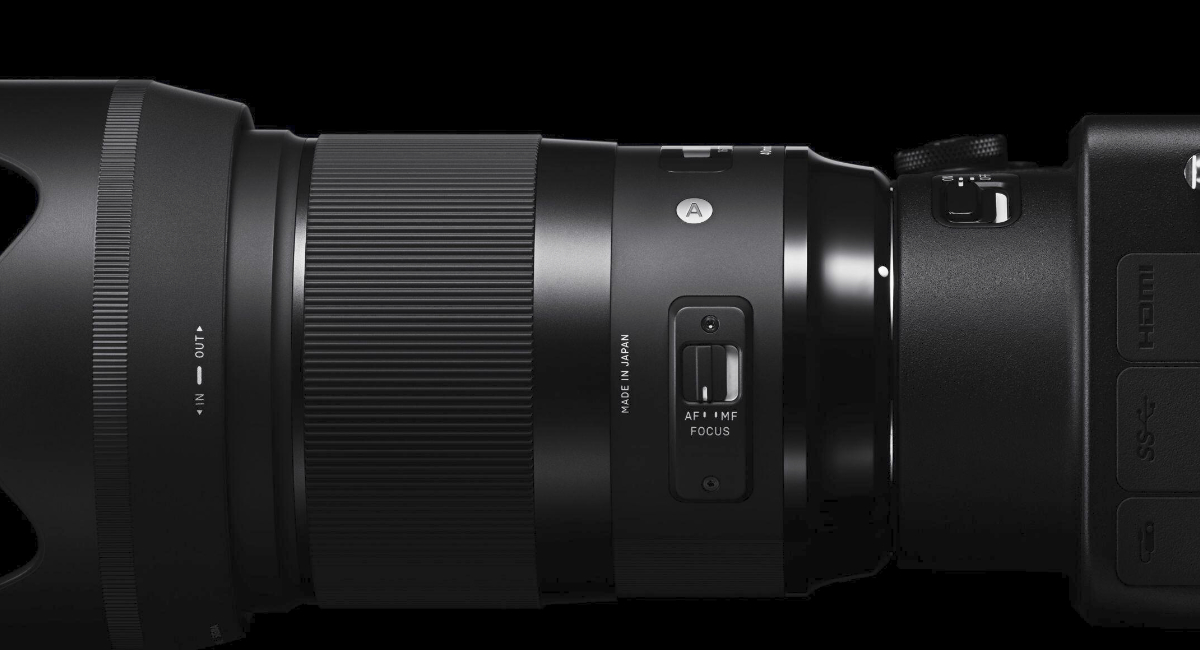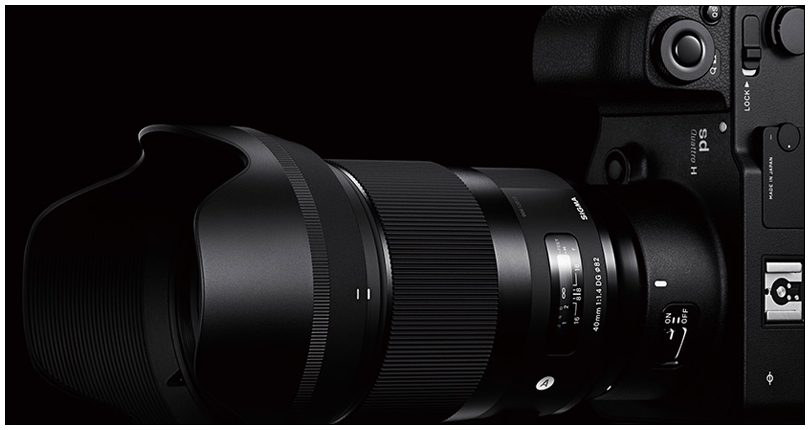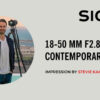
Sigma’s Art series has won a passionate following thanks to its sharpness, build quality and affordability. With the 40mm, Sigma is borrowing optical designs from its Cine lens lineup to push the performance of its still series even higher.
Pros: Super sharp images edge-to-edge; durably built; no distortion or aberrations.
Cons: Heavy; Fairly tight focus throw.

FEATURES:
This prime lens employs three FLD (“F” Low Dispersion) glass elements and three SLD (Special Low Dispersion) glass elements to correct axial chromatic aberration and magnification chromatic aberration. There are nine rounded aperture blades that stop down to f/16. You can focus on objects as close as 15.7 inches with a magnification ratio of 1:6.5. A manual override mode allows you to switch to manual focusing when you’re in autofocus mode. The 40mm f/1.4 Art lens is sold in Canon EF, Nikon F, Sony E and, soon, in the L-mount. It’s compatible with Canon’s Lens Aberration Correction technology and the Nikon mount uses an electromagnetic diaphragm mechanism (Canon’s does as well).
DESIGN:
At 42.3 ounces, the 40mm Art lens is roughly 23 ounces heavier than Tamron’s 45mm f/1.8 lens (a lens with image stabilization) and 17 ounces heftier than Canon’s EF 35mm f/1.4L II USM. It’s positively dense next to Zeiss’s 40mm f/2 Batis lens (12.7 ounces). Patiño says the heft is definitely noticeable after a stretch of shooting and when he mounted it on his Ronin gimbal. “Good luck holding it for an eight-hour day,” he says. On the plus side, “the build quality is solid,” he says. Like other models in the Art line, the 40mm is weather sealed. The focus ring can be turned past infinity but the rotation is fairly constrained—about a quarter of a turn around the lens barrel from the closest focus point to infinity.

IMAGE QUALITY & PERFORMANCE:
Patiño used the 40mm Art lens to shoot a series of studio portraits as well as several videos. He shot with it on both a Canon 5D Mark IV and a 5DS. Patiño tells us he was extremely impressed with the performance, particularly image sharpness edge-to-edge. “It looks killer.” The 40mm had no trouble resolving all the details from the 5DS’s 50-megapixel sensor and delivered excellent contrast. “Blacks looked great,” he adds. Patiño tells us vignetting was noticeable below f/4, but other optical maladies, like chromatic aberration or flaring, weren’t much in evidence. The lens was responsive, deftly handling servo AF on his 5D Mark IV during both still and motion work.
BOTTOM LINE:
A 40mm lens is a fairly unusual focal length on the still side. Zeiss sells a 40mm lens in its Batis series of AF lenses for Sony cameras, while Tamron offers a 45mm lens for Canon and Nikon DSLRs. The Art lens is priced competitively with its rivals and delivers outstanding image quality for the price. It can’t focus quite as close as Zeiss’s 40mm, though it does offer a wider aperture. There is no escaping the fact that it is a heavy lens, but who among us wouldn’t benefit from a bit of exercise, right?



